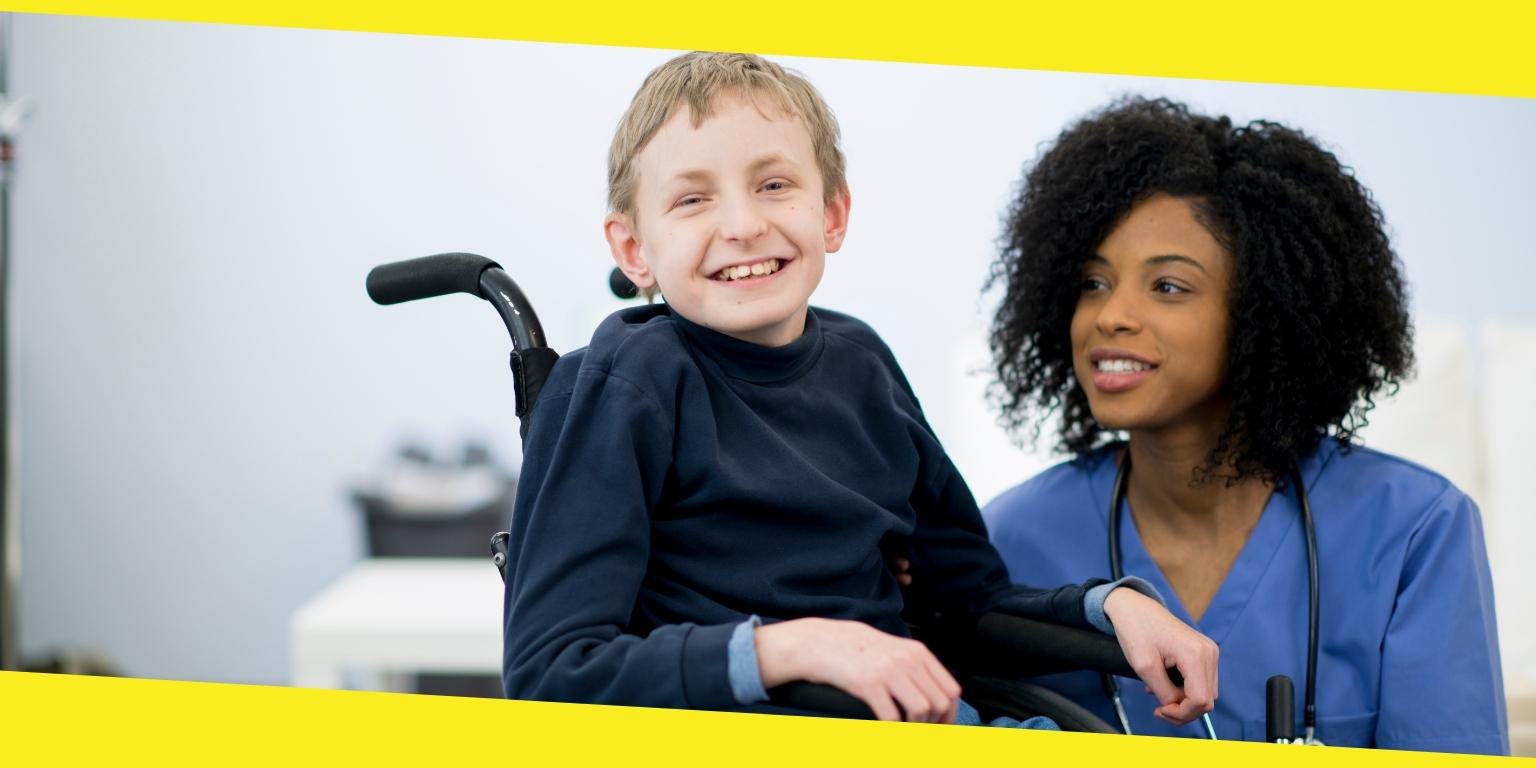What Is Cerebral Palsy?
This post was last updated on February 28th, 2023

Cerebral palsy (CP) is a medical disorder that affects movement and muscle coordination. It is caused by brain damage, typically before or during birth. One study shows that about 3 out of every 1,000 babies born in the U.S. will be diagnosed with cerebral palsy by their 8th birthday.
There are many different types of CP, and the symptoms can range from mild to severe. In some cases, people with CP may only have a slight limp.
Here is some information about this medical condition, cerebral palsy test, and how it is diagnosed.
Contents
ToggleWhat Is Cerebral Palsy?
Cerebral Palsy (CP) is a movement problem caused by damage to the brain. The injury can occur before, during, or after birth. Here’s why it happens.
When the brain is evolving, it forms different sections. These areas are responsible for varied functions, like bodily movement and feeling. The neurological harm to the brain that results in CP interferes with how these sections work. It can result in troubles with movement and muscle control.
CP is the typical movement disorder in childhood. It occurs in about two per 1000 births. Depending on which muscles are impacted and how bad the impairment is, there are different types. Some of them are explained below:
- Spastic
The child’s muscles become stiff and difficult to move. When the brain damage is in the cerebral cortex, the muscle tone is affected. This type is called spastic CP. It can affect any part of the body but is most common in the legs.
- Dyskinetic
Here, “dys” means abnormal, and “kinetic” refers to movement. So, dyskinetic CP is a type marked by uncontrolled or involuntary actions. It can include anything from writhing motions to spastic muscle contractions.
- Ataxic
People with ataxic CP have issues with balance and coordination. The movement of their limbs may appear to be jerky or uncoordinated. This type is the least common, accounting for about five percent of all cases.
- Mixed
When a child has a mix of spasticity, athetosis, and dystonia, they are said to have Mixed CP. It is the standard type, making up approximately 60% of all cases. There is no single test that can diagnose cerebral palsy. Instead, doctors will look at a combination of factors to make a diagnosis. These may include:
- The child’s medical history
- A physical exam
- Observation of the child’s movement and muscle tone
- Tests of the child’s motor skills and development
- Imaging tests, such as an MRI or CT scan
If you think your child may have CP, it is essential to talk to your doctor. A more immediate diagnosis can make a big difference in the child’s long-term outcome.
Types Of Diagnosis
Doctors conduct a cerebral palsy test to diagnose the condition better. The following are the types of tests.
- Physical Exam – When a child shows signs of CP, the doctor will give them a physical exam. It is to inspect for any problems with movement or muscle tone. The doctor will check a child’s medical history and family history.
- Brain Scans – Sometimes, the doctor may call for brain scans. These can help to show if there is any damage to the brain. The two most common types of brain scans are MRI scan and CT scan. MRI is known as magnetic resonance imaging. It helps to show the structure and function of the brain. It uses magnetic fields and radio waves to get a detailed brain image. CT is known as computed tomography. This scan uses X-rays to create cross-sectional images, or slices, of the brain. It shows if there is any damage to the brain tissue.
- Genetic Testing – In some situations, the doctor may order genetic testing. Here’s how it works. A blood sample is taken from the baby’s umbilical cord and sent to a laboratory. The laboratory looks for specific chromosomal abnormalities that can cause CP.
- Ultrasound – An ultrasound can also be used to take pictures of the brain. The test uses sound waves to create the images.
Symptoms Of Cerebral Palsy That You Should Not Ignore
Here are some common symptoms of cerebral palsy.
- Delays in reaching development milestones, such as sitting up, crawling, or walking.
- Muscle stiffness or tightness (spasticity).
- Poor muscle control and coordination.
- Unsteady walking.
- Excessive drooling or problems with swallowing.
- Difficulty speaking clearly.
If a child displays any of these conditions, it is essential to talk to your doctor. They can rule out other possible reasons and make a diagnosis.
Conclusion
CP is a condition that affects muscle movement and coordination. It is caused by brain damage. CP can be mild to severe, and there is no permanent cure. However, early diagnosis and intervention is essential for managing this health condition and encouraging a child’s potential.
Recommended For You
Why Use CBD Oil for Pain Management
Most Inside
Most Inside offers high-quality recommendations and valuable updates to enhance all aspects of your life, providing premium guidance and enriching experiences.




